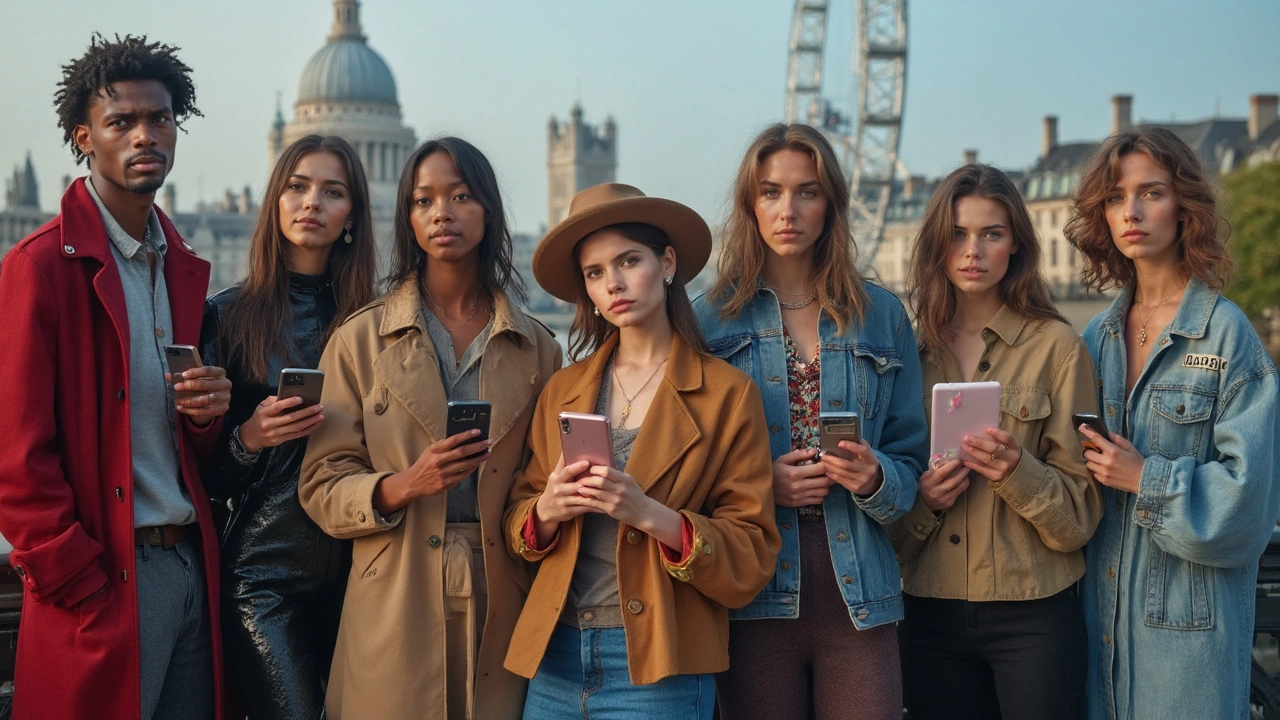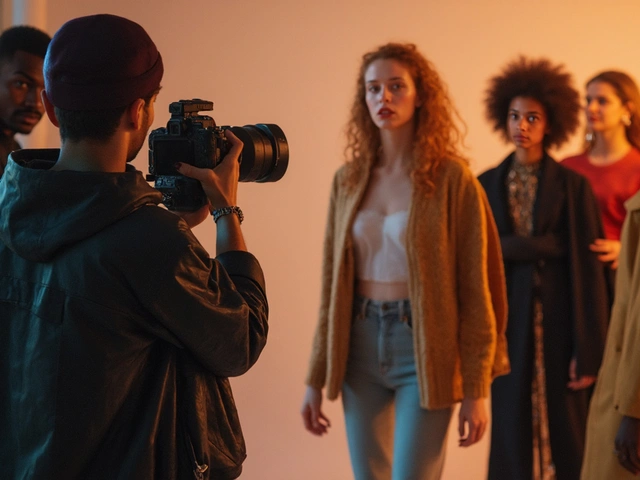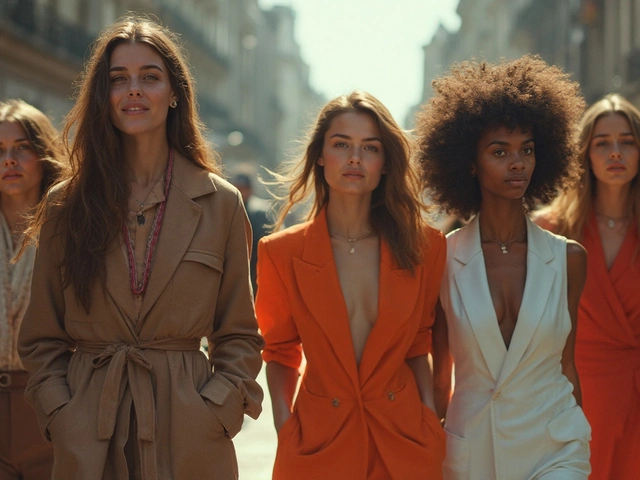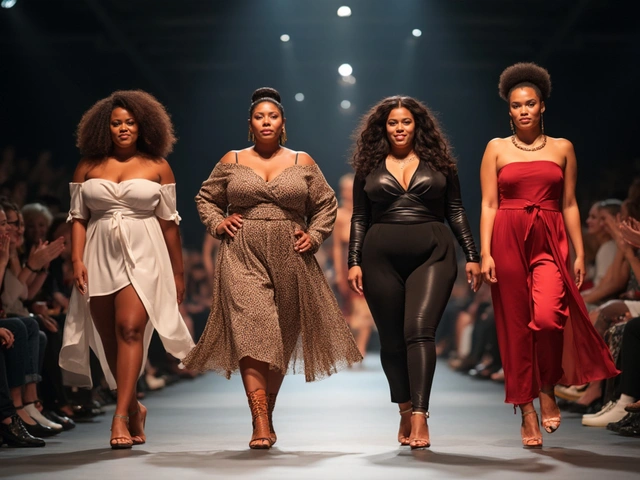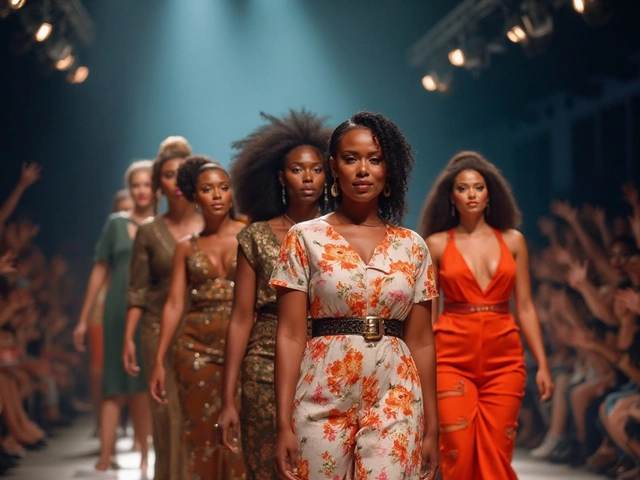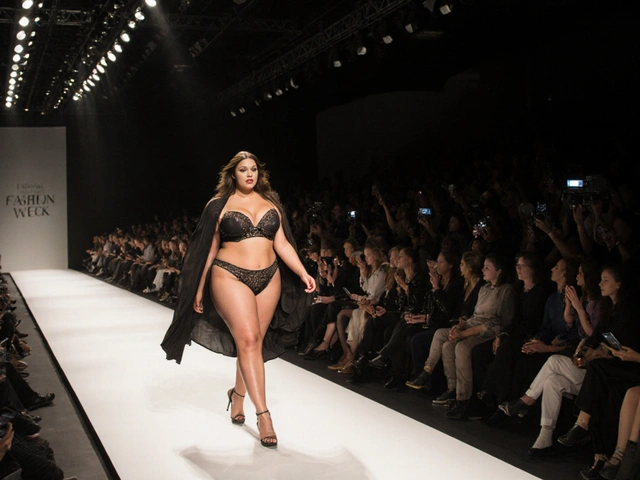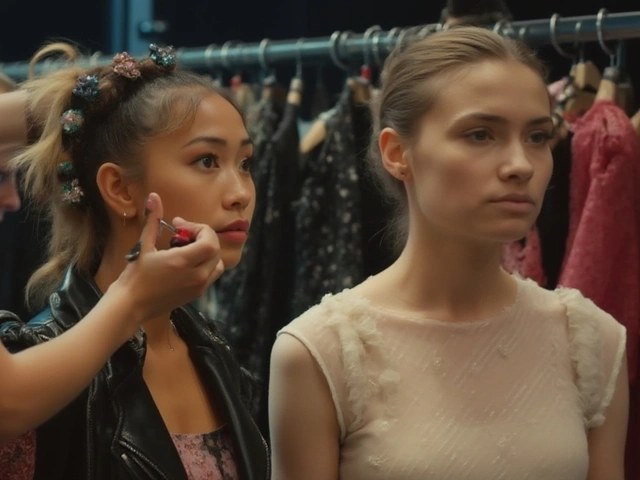Think modeling is just about strutting down a runway? Not anymore. The job has gone way beyond tall girls in Paris walking for luxury brands. Now, chances are you know someone who's making a living as a model—maybe even from their own bedroom.
Social media and online shopping changed the whole game. You don't always need to live in a big city or fit a single look to get noticed. Brands want models who connect with real people on Instagram or TikTok just as much as they want faces in glossy magazines.
If you're interested in this field, don't feel boxed in by outdated rules. Physical requirements aren't what they used to be, and age isn't a total dealbreaker. With strong photos, a bit of personal style, and some networking, you have a shot—even if a runway has never seen your feet.
- Old-School Modeling: The Classic Days
- Rise of New Model Roles
- Skills Every Modern Model Needs
- Tips for Getting Started Now
Old-School Modeling: The Classic Days
Back in the day, model jobs were all about strict standards and heavy gatekeeping. We're talking about the 1950s through the 1990s—that era when faces like Twiggy, Cindy Crawford, and Naomi Campbell set the tone. You needed a certain height, a specific look, and if you weren't in New York, Paris, or Milan, you probably weren't going to make it big.
Agencies really ruled everything. You'd walk in, maybe get a Polaroid taken, and hope to get signed. From there, it was castings, endless go-sees, and a lot of rejection. Shows like Paris Fashion Week and Milan were the real prize—these jobs could make a career overnight. For a lot of people, though, being in ads and catalogs was about as good as it got.
Here's a straight-up fact: in the 1990s, top "supermodels" could pull in $10,000 for a single fashion show. By comparison, catalog models made a tiny fraction, sometimes only a few hundred bucks for a full day.
"Supermodels of the '90s became icons, not just faces of brands. Their impact reached beyond fashion, shaping pop culture itself." — Anna Wintour, Vogue editor-in-chief
The look was super narrow: women had to be around 5'9" to 6'0" tall, men usually 6'0" to 6'2". There was little room for curves, tattoos, or anything "out of the box". Diversity? Hardly. The faces you saw in big ad campaigns looked a lot alike just because that’s what clients and agencies wanted.
Here’s a quick snapshot of old-school fashion show requirements for female models:
| Requirement | Typical Standard |
|---|---|
| Height | 5'9" - 6'0" |
| Dress Size | 0 - 4 (US sizing) |
| Age Range | 16 - 22 |
| Runway Pay (Top-Tier) | $10,000/show |
| Runway Pay (Entry Level) | $200-$400/show |
If you’re thinking of the iconic modeling days, picture the famous Vogue covers and blockbuster shows, but also remember the harsh side: a lot of pressure, limited spots, and strict standards that left so much talent out of the industry. Getting in felt like winning the lottery—unless you fit the mold exactly, your chances were slim.
Rise of New Model Roles
When you think about model jobs now, it’s a totally different scene from just ten years ago. While classic gigs like fashion runways and magazine spreads are still around, there’s a whole new world of jobs thanks to the internet and social media. Brands are looking for diversity—size, age, background—and care less about old-school standards.
Online brands are hiring for things like e-commerce modeling, where real people wear everyday clothes so shoppers can see how stuff fits on different bodies. Fitness brands want athletes and influencers who actually use their products, not just pose with them. Beauty companies hand out contracts to makeup lovers with big TikTok followings. Even tech companies are hiring models for VR or AR demos—imagine seeing yourself in a pair of glasses before you buy them.
Let’s break down some of the biggest changes:
- Influencer modeling: Social media influencers get paid to create content and promote brands. Some have grown bigger than traditional models, and many sign exclusive deals with major labels.
- Virtual modeling: Digital-only models—think Lil Miquela—are popping up. Brands use 3D artists to design these virtual faces for anything from ads to whole campaigns.
- Micro-modeling: Companies now book everyday people for campaigns targeting niche audiences. For example, a plus-size swimsuit campaign might specifically hire non-professionals found on Instagram.
- E-commerce & catalogue: With more shopping online than ever, brands are always looking for people to model products for their websites—shoes, accessories, you name it.
You might be surprised how much these new roles pay. Here’s a snapshot of average rates from 2024, so you know what’s out there:
| Model Job Type | Average Pay per Day (USD) |
|---|---|
| Traditional Fashion Runway | $800 - $2,000 |
| Social Media/Influencer | $400 - $10,000+ |
| E-commerce | $250 - $1,200 |
| Virtual/Digital Model | $500 - $3,000 |
It’s easier than ever to get noticed if you play your cards right. Consistent posting, building a clear online presence, and networking with photographers or small brands can open doors. Some agencies now have whole divisions just for digital talent. Bottom line: if you want to break in, you don’t need to fit a box. You just need to show up, put yourself out there, and keep adapting as the industry shifts.
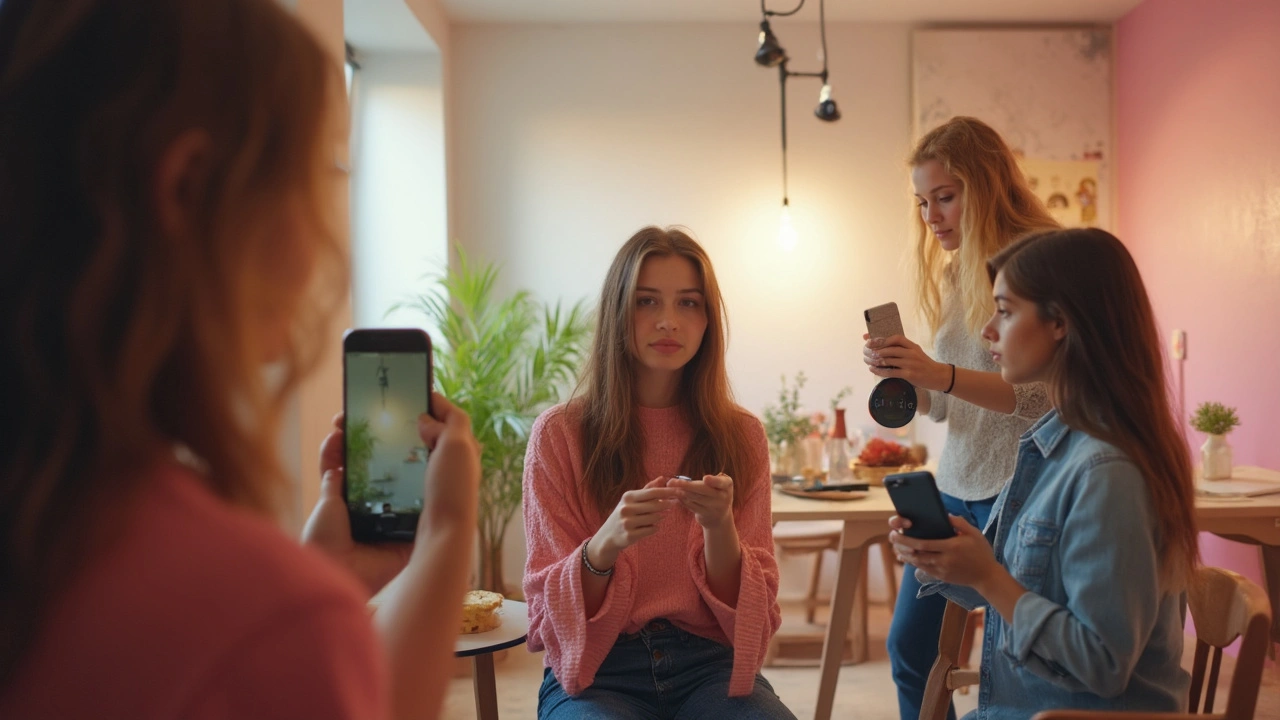
Skills Every Modern Model Needs
You can’t just rely on a good walk or a pretty face anymore. If you want to land top model jobs in 2025, you’ve got to bring a whole toolbox of useful skills to the table. The industry asks for much more than posing and walking. Here’s what actually matters now:
- Comfort in Front of the Camera: Agencies now expect you to start with great digital photos. You should know your angles, expressions, and how to look natural, whether someone’s snapping pics on a phone or a pro camera. Quick tip: Switch up your poses every three seconds to find your best shot.
- Real Social Media Presence: Some brands pick models based on their Instagram following and how real they seem. That doesn’t mean you need a million fans. Even with 5,000 engaged followers, brands notice you if you post smart, authentic content.
- Good Communication: You’ll be talking with clients, agents, other models, photographers—sometimes all on Zoom. Professionalism matters. Always show up on time and confirm bookings in writing.
- Adaptable Style: The same face can be classic for a beauty campaign, edgy for streetwear, or super-relaxed for a fitness brand. Practice changing up your look with clothing, hair, and makeup.
- Basic Self-Management: Most models now handle their own schedules and photoshoots when starting out. Get comfy with online tools like Trello or Google Calendar so you never miss a gig.
- Staying Healthy: It’s not just about being a certain size. Top agencies want models who manage sleep, stress, and basic fitness, since busy days mean a lot of energy is needed.
“Today, versatility is everything—brands want models who understand marketing and can connect with real people beyond just the camera.” – Sarah Doukas, founder of Storm Model Management
Check out how these skills stack up according to a 2024 survey by Model Alliance:
| Skill | % of Agencies Listing as Essential |
|---|---|
| Comfort in front of the camera | 88% |
| Social media skills | 77% |
| Professional communication | 71% |
| Adaptable style | 64% |
| Self-management | 52% |
Notice none of these skills are about fitting into one body type or age bracket. If you’re serious, working on these basics makes all the difference between being overlooked and getting callbacks.
Tips for Getting Started Now
Breaking into the modeling world isn’t as mysterious as it used to be. Anyone hungry to get into model jobs can start with steps right at home—literally. You don’t actually need to pay hefty upfront fees to agencies or get “professional” shots done right away. In fact, a 2024 survey by Model Alliance found over 60% of new models land their first opportunities through social media or straightforward, DIY photos.
Here are some super practical tips for starting now:
- Build your own portfolio: The basics—a handful of clear headshots, full body shots, and maybe a unique look or two. No need for filters or tons of makeup. Natural is good. Use natural light by a window and ask a friend to help if you can.
- Get active on social media: Brands and agencies are scouting talent on Instagram, TikTok, and even LinkedIn more than on traditional websites. Engage, post a mix of professional and personality shots, and use relevant hashtags so scouts can actually find you.
- Be smart about agencies: Research before signing anything. You can check an agency’s reputation on sites like The Fashion Model Directory. Real agencies never ask for big upfront payments.
- Learn basic posing and movement: YouTube has tons of free tutorials from real photographers and working models. Spend ten minutes a day practicing poses in front of a mirror—you'll see fast progress.
- Network with creatives: Photographers, stylists, and other aspiring models are everywhere online and in most local cities. Offering your time for a test shoot gets you new images and connections.
Wondering who gets booked? Take a look at this small data snapshot from 2024 that shows how people are landing those new era gigs:
| Main Way New Models Book Jobs (2024, U.S. & Europe) | Percentage |
|---|---|
| Instagram/TikTok Direct DMs | 32% |
| Online Model Platforms (like Model Mayhem) | 25% |
| Agency Submissions | 21% |
| Referrals from Friends/Colleagues | 14% |
| Casting Calls and Open Calls | 8% |
Try a little of everything and stay open-minded. Don’t wait for perfection. Start sharing, connecting, and reaching out—you might be surprised at how quickly you get noticed if you just take the first steps.
